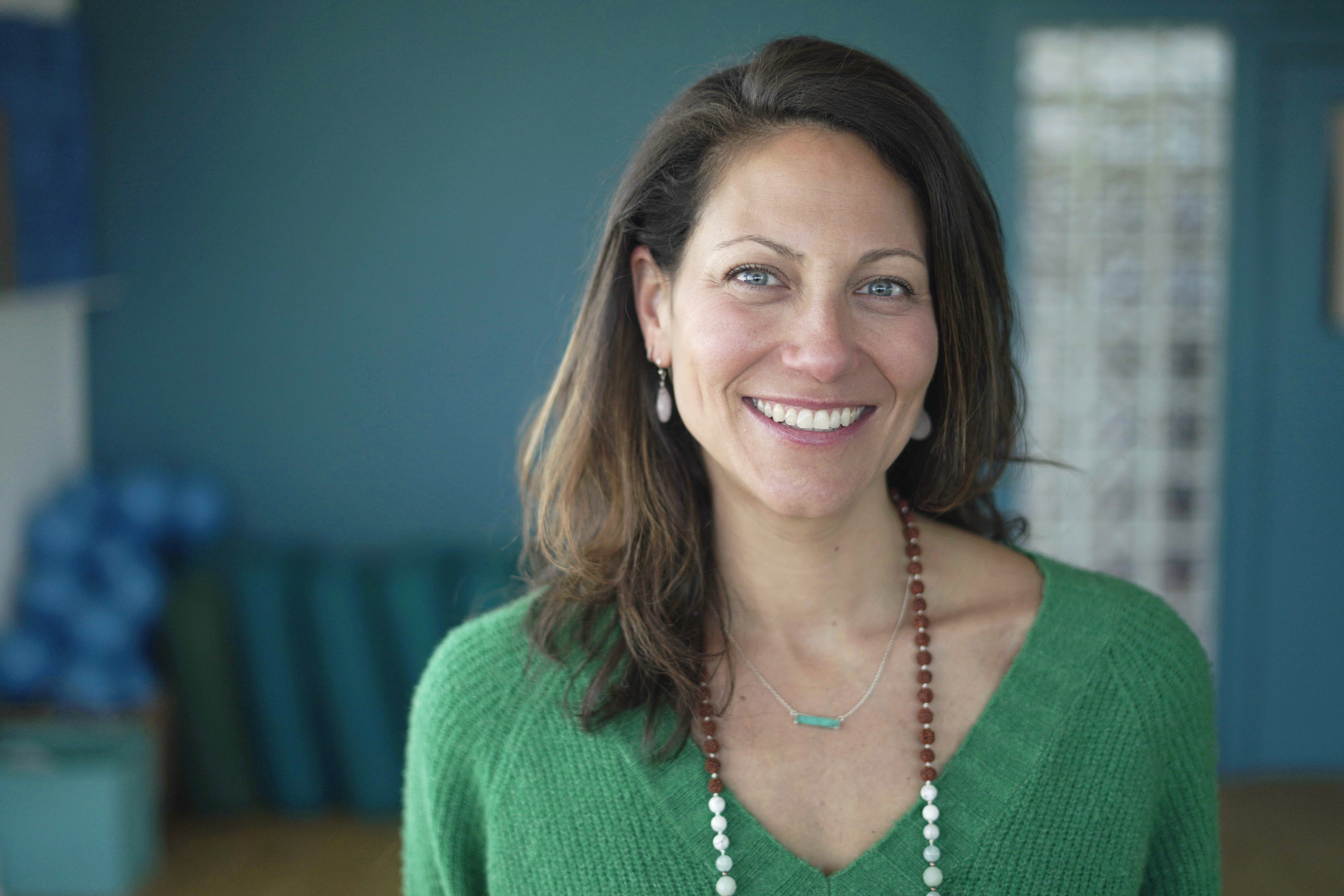As parents, one of the hardest things for us to practice is staying calm and grounded when our children are experiencing big emotions. One of the main reasons it's so difficult to remain steady and calm is that the majority of us would have likely grown up unaware of our emotions and how to process them.
We didn't have modern day science teaching us how our brain and nervous system experiences traumatic events, whether that's the fear that comes from living through a pandemic or the fear that comes from being bullied in the school playground. When our emotions were big, we were told to bury them, hide them, shush them or not to worry about them. No longer! We have now stepped into the age of awareness.
We now know that if we take a conscious pause, take a conscious breath and stay grounded in our rational thinking mind, then we can more easily regulate our emotions. We don't have to suppress them or escape them. We can feel them and learn from them. This is called emotional literacy, and this type of intelligence is something both adults and children need now more than ever, as we navigate the challenges of today's modern world.
One of the best ways to build emotional intelligence is to adopt a mindfulness practice. Mindfulness helps us to become more aware of our thoughts and feelings and learn how we can make a choice to make a change when our thoughts and feelings aren't serving us. We do this through consistent present moment awareness that mindfulness brings into our lives. As we go on this mindfulness journey with our children, we as parents, can walk this path of mindful living as well, learning how to become aware of our feelings, where we feel them in our body and make a conscious choice to pause and self-regulate.
Here are three quick and easy mindfulness tools for the whole family to learn together:
1. The breath
The greatest gift we can give to our children is breath awareness. When we come to our breath, we come into our body and into the present moment. This simple act not only helps to refocus our attention, activating our prefrontal cortex, but also creates a more rational, calm state of being. When we come to the present moment and focus our attention on our breath, the monkey mind can take a break from ruminating over the past or catastrophising the future.
Conscious breathing also changes the body's physiology. Just like a ship drops its anchor to keep it steady amongst the rough waters, your breath steadies you when you're drowning in your emotions. When we pay attention to our breath, we naturally start to shift out of our 'fight or flight' response, our sympathetic nervous response, and into our parasympathetic nervous tone which is a more grounded state of being.
Exercise: Figure 8 Breathing: using your non-dominant hand, use your pointer finger to trace the figure 8 onto the palm of your opposite hand. As you trace the figure 8, breathe in and breathe out and in your head, repeat the affirmation "I am calm, on the in breath; I am strong, on the out breath." This calm and steady breathing, plus affirmation and touch will help to refocus the attention and soothe our nervous system while also increasing focus and concentration.
2. Gratitude
Gratitude is a powerful mindfulness practice because it allows us to bring awareness to all of the good in our lives. The mind has a tendency to focus on the negative, or bad in our life, so coming into the present moment and paying attention to the good reminds us of all of the beauty that we have right in front of us. For our children that can be as simple as the sight of a sunflower bursting up towards the sky; knowing that they are healthy and strong; having a family pet that they love or the comfort of their cuddly toys.
Exercise: each night before bed, take a moment to remember the one thing that you loved most about that day and feel grateful for and share out loud: "I am grateful for...". Younger children might need help remembering about their day.
3. Positive affirmations
Positive affirmations are true statements that we repeat to ourselves to help create a healthy behaviour or a healthy mindset. When we are in our emotional brain, activated in our 'fight or flight' response, we can choose a positive affirmation to help refocus our attention to the present moment. When we concentrate on the words we're repeating, we're also engaging with our prefrontal cortex, so we're slowly starting to bring the team leading back online which can offer more clarity to any situation.
With positive affirmations, we are also planting seeds of love and compassion into our subconscious. These seeds will be there for our children to nurture, as they grow into their adolescents, teens and adult years.
Exercise: some positive affirmations: always say affirmations in the present "I" tense
I am healthy, strong and safe
I am happy and playful
I am connected and confident
I am kind and caring
I am honest and truthful
I am clever and creative
I am a friend to all of creation
When we teach our children mindfulness techniques, we give them a superpower to help them navigate life's challenges. One thing we know as adults is we will always experience challenges in life. With mindfulness, our children learn that they can make a choice to make a change when something isn't feeling good or they're having thoughts that aren't serving them. Our children are our future leaders. Having emotionally literate children can potentially be the greatest gift for the future of humanity! And exhale!
Amanda Ashy is a child and family clinical nutritionist, and mindfulness and yoga practitioner www.amandaashyboyd.com

